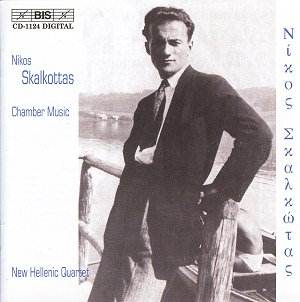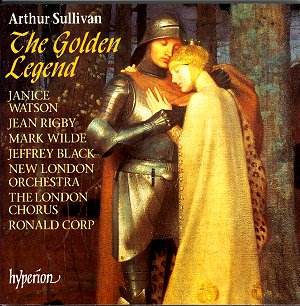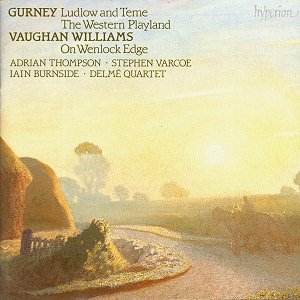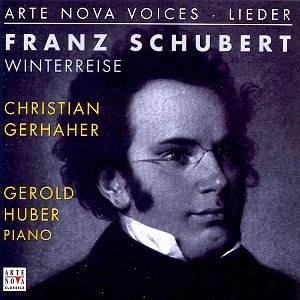 Composer: Nikos Skalkottas
Composer: Nikos Skalkottas
Works: String Quartet No.1 (1928), Zehn Stücke für Streichquartett (1940), Octet (1934), String Trio No.2 (1935), Geros Dimos (1949)
Performers: The New Hellenic Quartet, Jan Bengtson (flute), Per Huderson (oboe), Per Billman (clarinet), Christian Davidson (bassoon)
Recording: Nybrokajen, Stockholm, April 2000
Label: BIS
Nikos Skalkottas, a pivotal figure in 20th-century Greek music, occupies a unique space between the nationalistic traditions of his homeland and the avant-garde movements of Europe. His first mature string quartet, composed in 1928 during his critical studies with Arnold Schönberg, is emblematic of this duality. The work exemplifies his atonal-serial idiom while retaining a distinct lyricism that reflects Skalkottas’s roots. This recording, featuring The New Hellenic Quartet among other distinguished musicians, offers a compelling exploration of Skalkottas’s evolving voice through a selection of his chamber works.
The String Quartet No. 1 is characterized by its concise structure, unfolding in three short movements that contrast in mood and texture. The performers navigate the intricate contrapuntal lines with remarkable assurance, showcasing the quartet’s technical demands. The New Hellenic Quartet’s interpretation is particularly noteworthy for its clarity and precision; each voice emerges distinctly, allowing the listener to appreciate Skalkottas’s deft manipulation of harmony and rhythm. The opening movement’s stark contrasts set a challenging tone, and the ensemble’s execution of the rapid exchanges and sudden shifts in dynamics exemplify their understanding of Skalkottas’s language.
In juxtaposition, the Octet of 1934 presents a more buoyant character, teeming with vitality and wit. The performance here is nothing short of revelatory. The ensemble’s ability to balance the spirited interplay between the winds and strings highlights Skalkottas’s orchestration skills, which cleverly integrate a variety of timbres. The rhythmic vitality of the second movement, with its playful dialogues, is a testament to their interpretative choices, which favor an energetic and vibrant execution over a more restrained approach. This lightness is refreshing, inviting comparisons to the works of contemporaries such as Hindemith, yet maintaining a distinctively Greek flair.
The Zehn Stücke für Streichquartett, composed around 1940, further exemplifies Skalkottas’s capacity for brevity and emotional depth. Each of the ten sketches, often lasting less than a minute, encapsulates a myriad of moods, reminiscent of Prokofiev’s Visions fugitives. The quartet’s articulation of these fleeting ideas is executed with finesse; their ability to convey distinct emotional landscapes in such short spans is commendable. The careful attention to phrasing and dynamics in movements such as the poignant third piece highlights the performers’ sensitivity to Skalkottas’s nuanced writing.
Skalkottas’s later work, Geros Dimos, a folk-like arrangement from 1949, offers a delightful conclusion to the program. While rooted in the national romanticism of earlier centuries, the ensemble’s interpretation resonates with the same careful craftsmanship seen throughout the recording. This piece, though simpler in structure, serves as an effective encore, showcasing the ensemble’s versatility and skill in handling diverse stylistic demands.
The sound quality of this recording is exemplary, capturing the nuances of the ensemble’s performance within the acoustics of Nybrokajen. BIS’s engineering effectively balances the instruments, ensuring clarity and warmth without sacrificing detail. The richness of the string timbres and the brightness of the woodwinds are particularly well-captured, enhancing the listening experience.
This release stands as a significant contribution to the growing catalog of Skalkottas’s works, illuminating the breadth of his chamber music repertoire. The New Hellenic Quartet, alongside their colleagues, deliver performances that are both technically adept and intellectually engaging. With their conviction and artistry, they breathe new life into Skalkottas’s music, ensuring that this underappreciated composer receives the recognition he so richly deserves. The recording not only affirms the importance of Skalkottas within the modern canon but also serves as an invitation for listeners to delve deeper into his fascinating oeuvre.



